Back to Courses


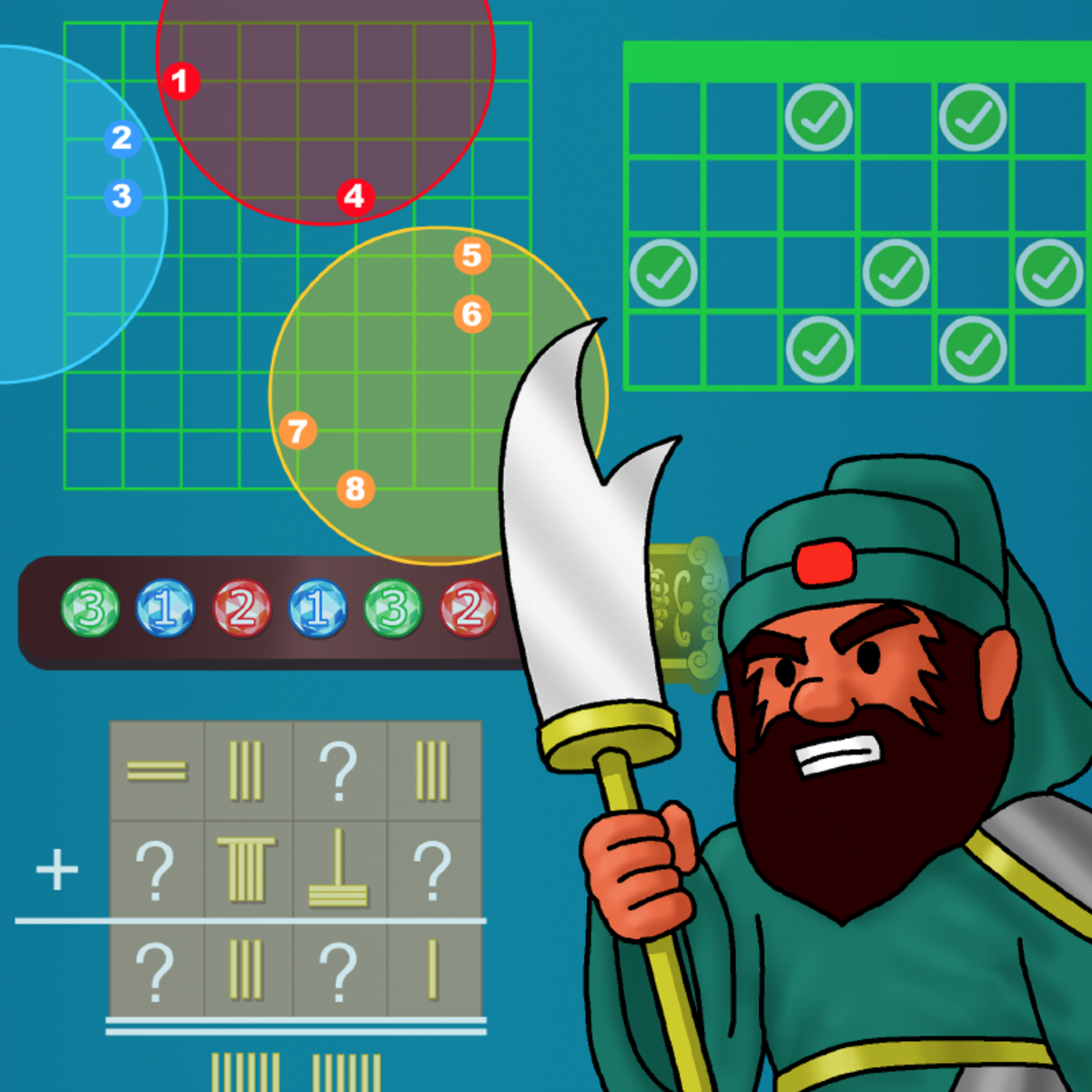
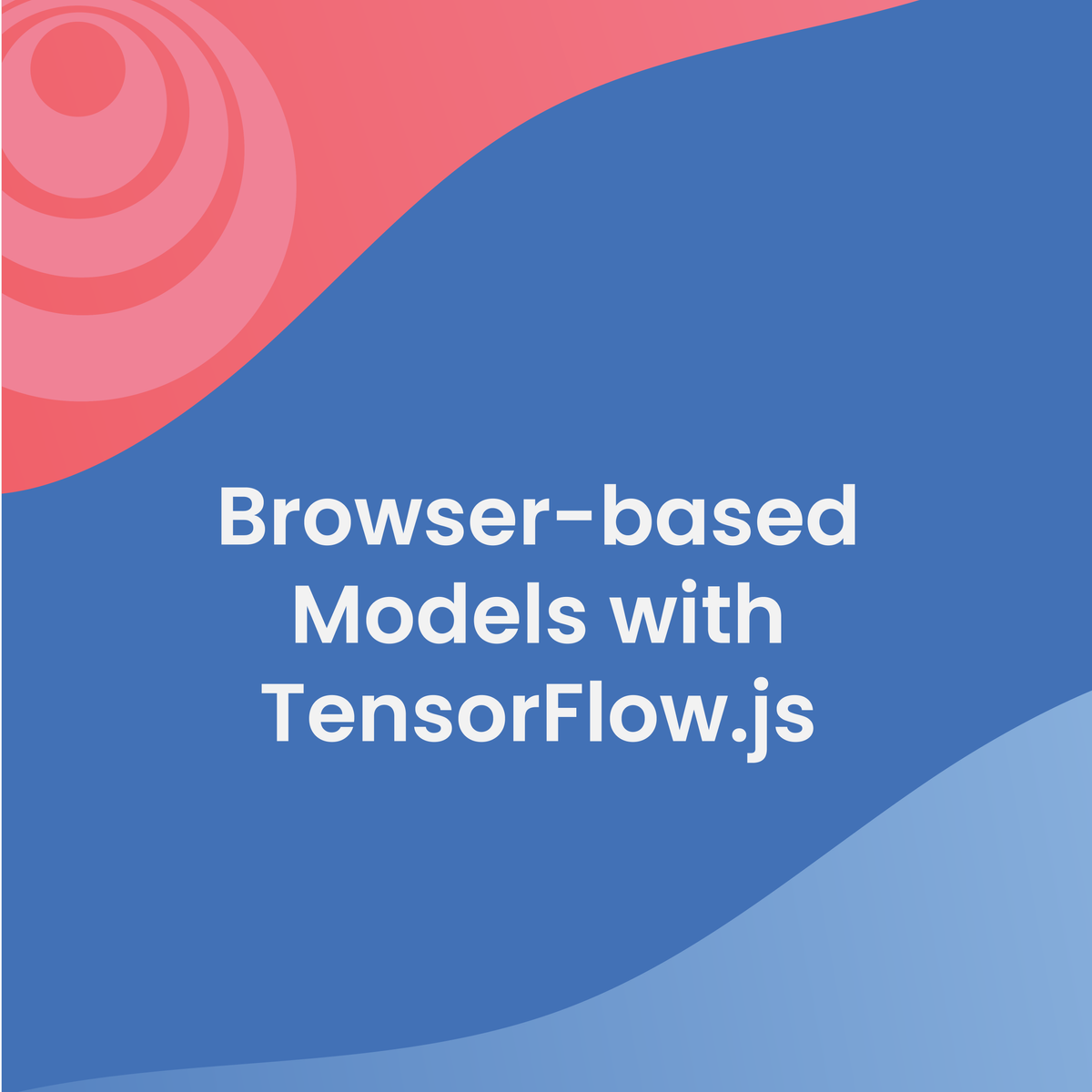
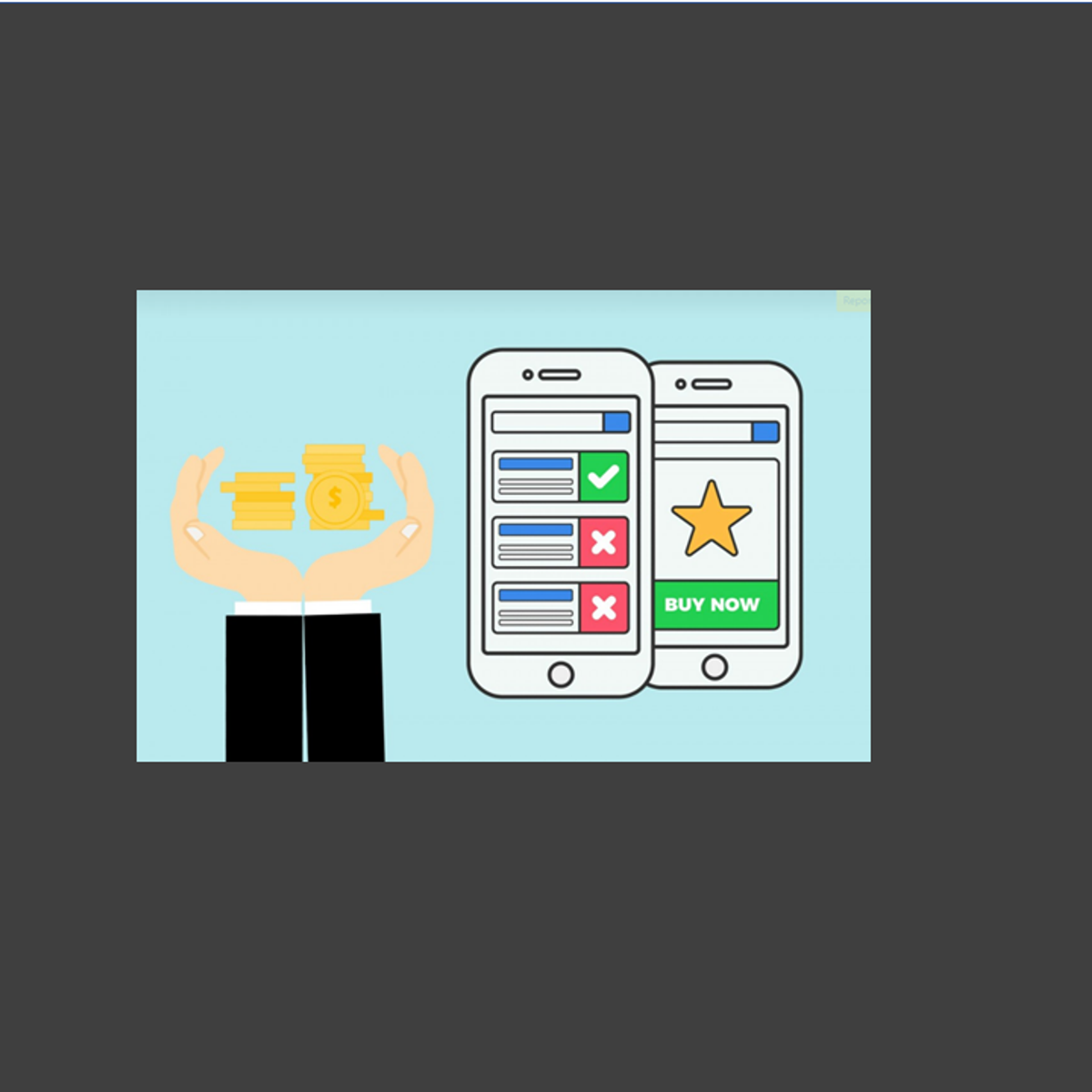
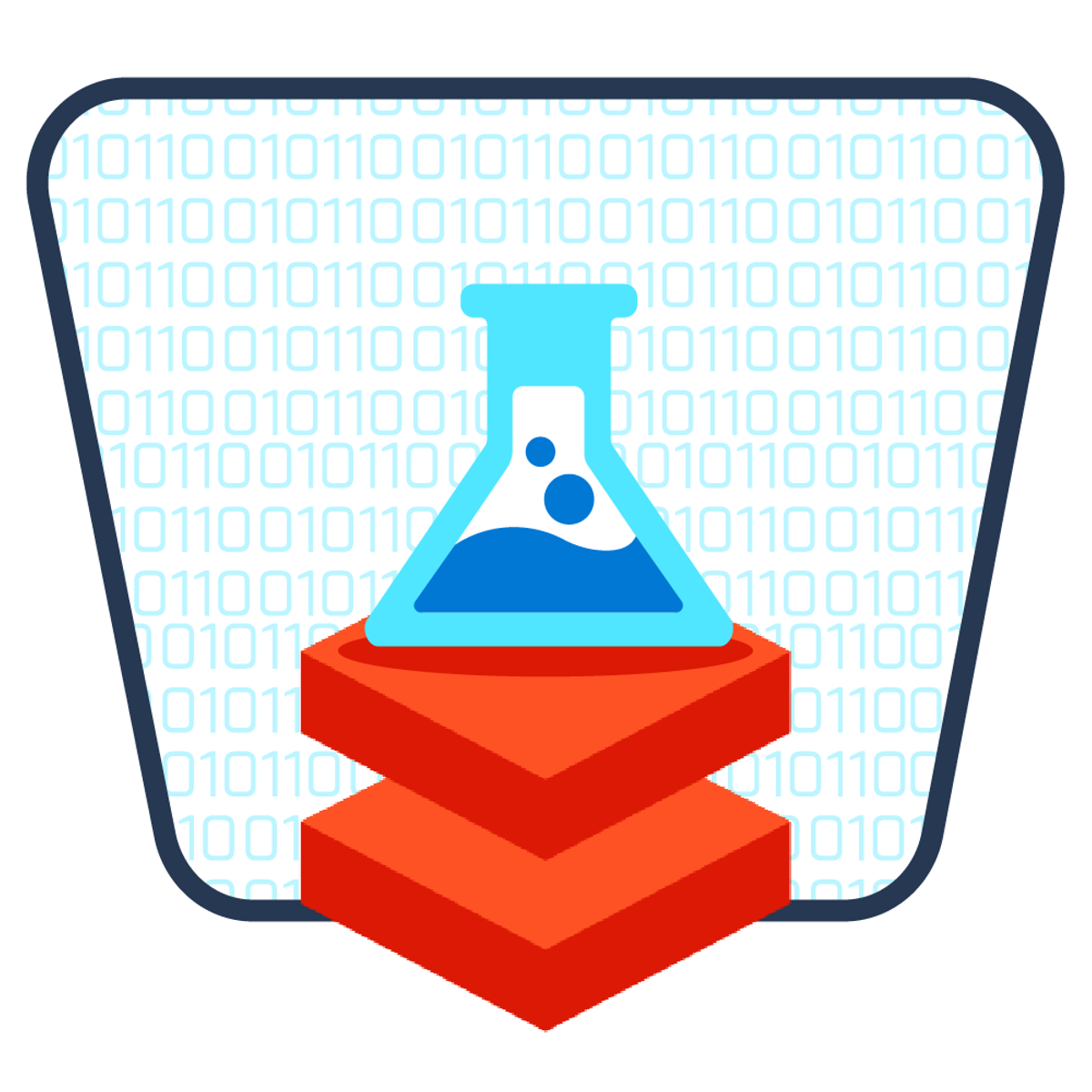

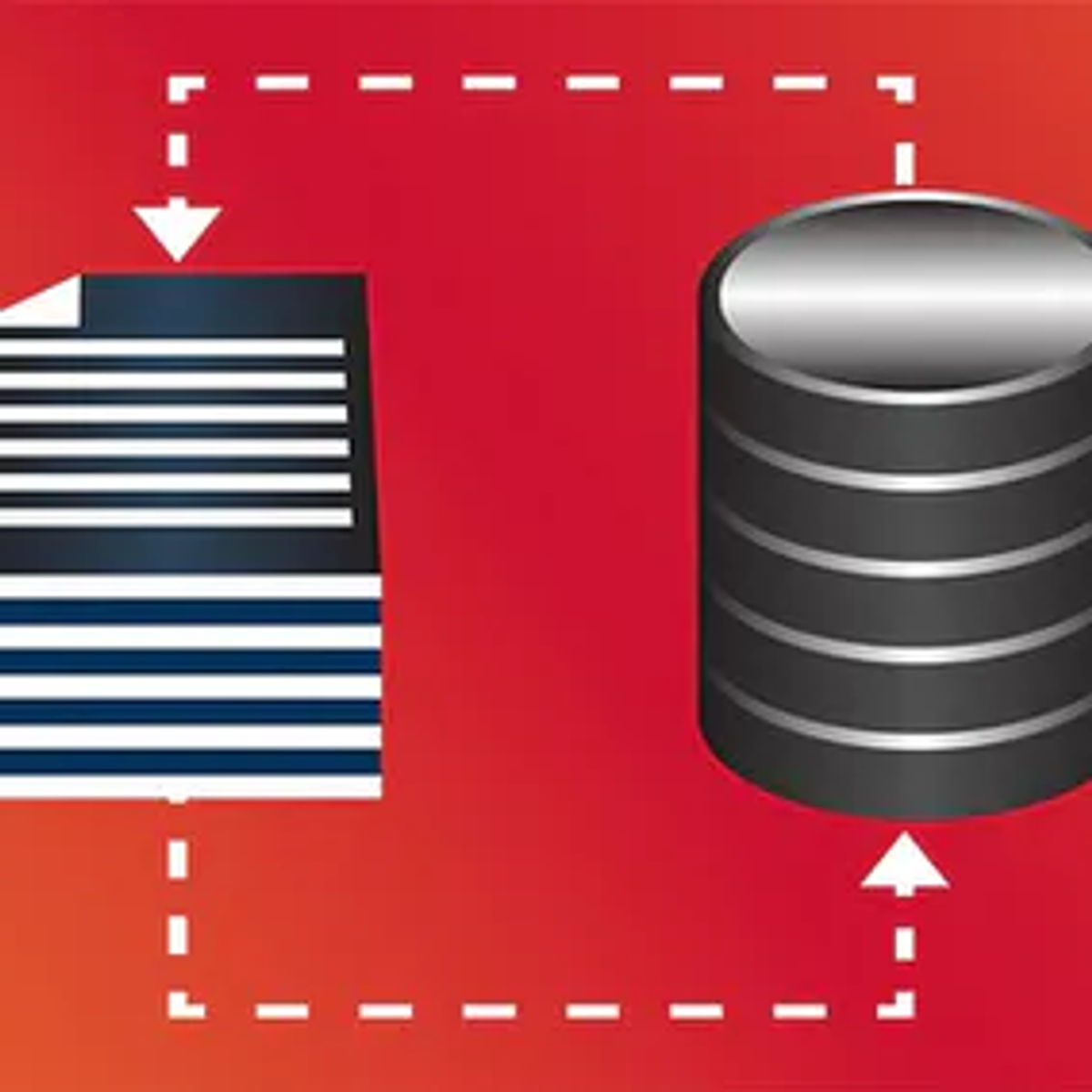

Software Development Courses - Page 93
Showing results 921-930 of 1266

Blazor and JavaScript Interoperability
In this short project-based course, you will learn how to extend your Blazor applications to communicate with JavaScript - the browser's first class language. You'll learn how to invoke JavaScript functions from .NET code, and how to invoke .NET methods from JavaScript. You'll also implement a solution for accessing the browser's localStorage with a .NET service class.
Note: This course works best for learners who are based in the North America region. We’re currently working on providing the same experience in other regions.

Development of Real-Time Systems
This course is intended for the Master's student and computer engineer who likes practical programming and problem-solving!
After completing this course, you will have the knowledge to plan and set up a real-time system both on paper and in practice.
The course centers around the problem of achieving timing correctness in embedded systems, which means to guarantee that the system reacts within the real-time requirements.
Examples of such systems include airbags, emergency breaks, avionics, and also multi-media systems like video playback and QoS in web servers.
The course teaches how to plan real-time systems, in theory, using established mathematical proofs and how to implement them in practice by using the most common scheduling methods.
We also learn and how to program the system in the C language using the FreeRTOS real-time kernel.
Finally, we have a look at the future of real-time systems namely multi-core real-time systems!
This course focus on the learn-by-doing approach with many examples and real-world programming assignments.
We have 5 modules, each with a gentle graded quiz in the end and one peer-reviewed programming assignment.
In case you have no experience with C programming, please check you a practical course like:
https://www.coursera.org/learn/arduino-platform
The course is actually quite fun!
-Simon Holmbacka / Åbo Akademi University
Check out our whole curriculum: https://research.it.abo.fi/

User Research and Design
In this course you will learn and practice techniques of user research and early UI design exploration. First, you will learn and practice several techniques for user research, including in-person research and survey and log-analysis techniques. Then, you will learn to analyze and deliver user research in forms that support UI design, including personas, use cases, tasks, and scenarios. Finally, you will learn and practice ideation techniques that start from user research and broadly generate potential design ideas.

Basic Modeling for Discrete Optimization
Optimization is a common form of decision making, and is ubiquitous in our society. Its applications range from solving Sudoku puzzles to arranging seating in a wedding banquet. The same technology can schedule planes and their crews, coordinate the production of steel, and organize the transportation of iron ore from the mines to the ports. Good decisions in manpower and material resources management also allow corporations to improve profit by millions of dollars. Similar problems also underpin much of our daily lives and are part of determining daily delivery routes for packages, making school timetables, and delivering power to our homes. Despite their fundamental importance, all of these problems are a nightmare to solve using traditional undergraduate computer science methods.
This course is intended for students interested in tackling all facets of optimization applications. You will learn an entirely new way to think about solving these challenging problems by stating the problem in a state-of-the-art high level modeling language, and letting library constraint solving software do the rest. This will allow you to unlock the power of industrial solving technologies, which have been perfected over decades by hundreds of PhD researchers. With access to this advanced technology, problems that are considered inconceivable to solve before will suddenly become easy.
Watch the course promotional video here: https://www.youtube.com/watch?v=hc3cBvtrem0&t=8s

Browser-based Models with TensorFlow.js
Bringing a machine learning model into the real world involves a lot more than just modeling. This Specialization will teach you how to navigate various deployment scenarios and use data more effectively to train your model.
In this first course, you’ll train and run machine learning models in any browser using TensorFlow.js. You’ll learn techniques for handling data in the browser, and at the end you’ll build a computer vision project that recognizes and classifies objects from a webcam.
This Specialization builds upon our TensorFlow in Practice Specialization. If you are new to TensorFlow, we recommend that you take the TensorFlow in Practice Specialization first. To develop a deeper, foundational understanding of how neural networks work, we recommend that you take the Deep Learning Specialization.

Predict Ad Clicks Using Logistic Regression and XG-Boost
In this project, we will predict Ads clicks using logistic regression and XG-boost algorithms. In this project, we will assume that you have been hired as a consultant to a start-up that is running a targeted marketing ad campaign on Facebook. The company wants to analyze customer behavior by predicting which customer clicks on the advertisement.

Perform data science with Azure Databricks
In this course, you will learn how to harness the power of Apache Spark and powerful clusters running on the Azure Databricks platform to run data science workloads in the cloud.
This is the fourth course in a five-course program that prepares you to take the DP-100: Designing and Implementing a Data Science Solution on Azurec ertification exam.
The certification exam is an opportunity to prove knowledge and expertise operate machine learning solutions at a cloud-scale using Azure Machine Learning. This specialization teaches you to leverage your existing knowledge of Python and machine learning to manage data ingestion and preparation, model training and deployment, and machine learning solution monitoring in Microsoft Azure. Each course teaches you the concepts and skills that are measured by the exam.
This Specialization is intended for data scientists with existing knowledge of Python and machine learning frameworks like Scikit-Learn, PyTorch, and Tensorflow, who want to build and operate machine learning solutions in the cloud. It teaches data scientists how to create end-to-end solutions in Microsoft Azure. Students will learn how to manage Azure resources for machine learning; run experiments and train models; deploy and operationalize machine learning solutions, and implement responsible machine learning. They will also learn to use Azure Databricks to explore, prepare, and model data; and integrate Databricks machine learning processes with Azure Machine Learning.

Making Your First Virtual Reality Game
Virtual Reality is one of the most exciting experiences that technology can give us. The immersion and presence you can have in VR is quite unlike any other medium. Like many others, you are excited about the possibilities of this new medium and want to get started developing your own VR experiences. This course will take you through all of the steps you need to create a VR game or other project.
This is the final course in our Specialisation: Virtual Reality. The previous courses teach you the skills you need to make a VR game. This course brings them all together to create a project of your own.
We will guide you through all the steps of a VR project: coming up with an idea, storyboarding, prototyping, testing and implementation. By the end of this course you will have a complete VR project that demonstrates your skills and could be the first step in creating a professional game.
We hope this course can be your entry into professional VR development. To help you get started, some good advice always helps. That is why we have interviewed VR experts from all over the world, ranging from technology pioneers with over 30 years experience in VR to the latest cutting edge VR creators. We have asked all of them to give you their advice and we hope it inspires you to become part of the future of VR.

Working with Datasets
By the end of this project, you will use Python to wrangle two datasets to visualize the relationships among the data. Datasets are collections of data that may exist in a database, a csv file, or an ordinary file.
Python is a popular language to use work with dataset data. It has tools to read data in various formats, and libraries to visualize the datasets.

JavaScript Strings: Properties and Methods
In this beginning-level course you will learn and practice new string-handling skills using Notepad++ to write JavaScript code and the Chrome browser to view your results. Since text data is commonly used as a “string” in JavaScript, the ability to use and manipulate strings is a key component in JavaScript programming. You will learn some of the properties and methods that make string handling easier.
Note: This course works best for learners who are based in the North America region. We’re currently working on providing the same experience in other regions.
Popular Internships and Jobs by Categories
Browse
© 2024 BoostGrad | All rights reserved


